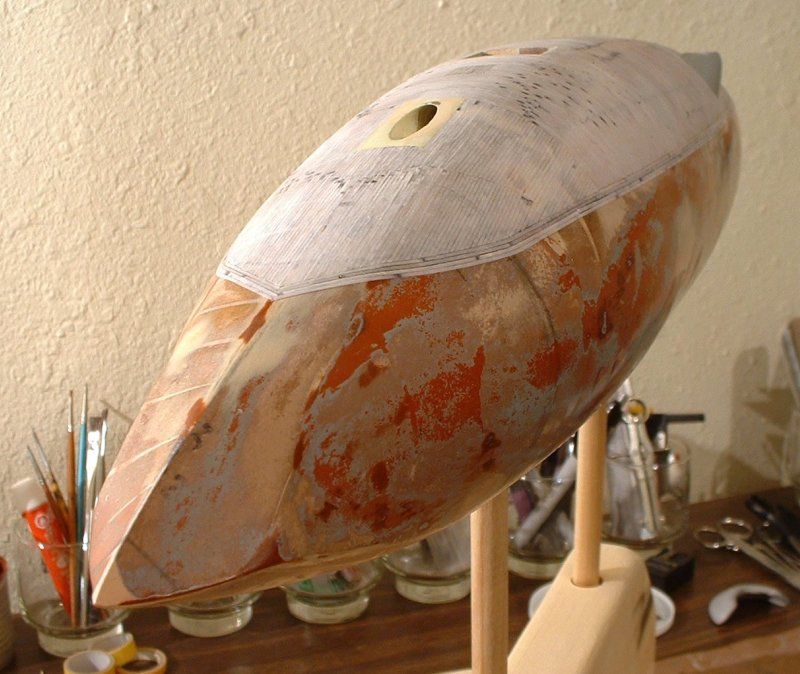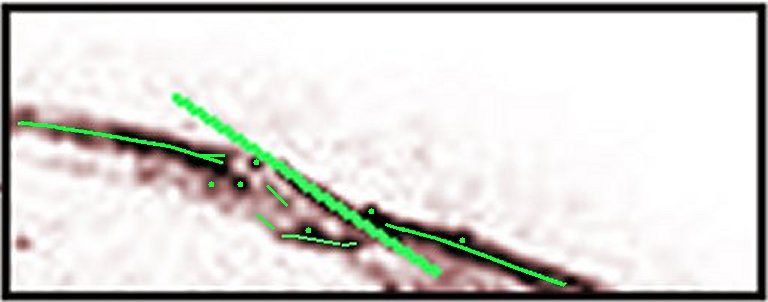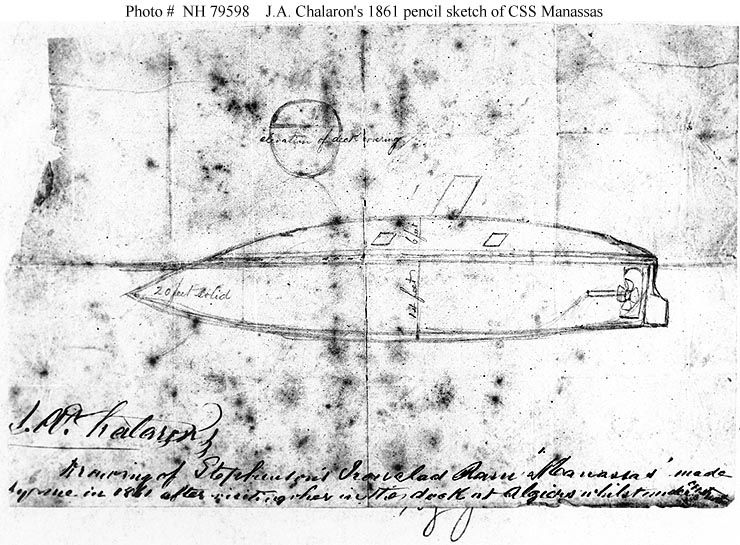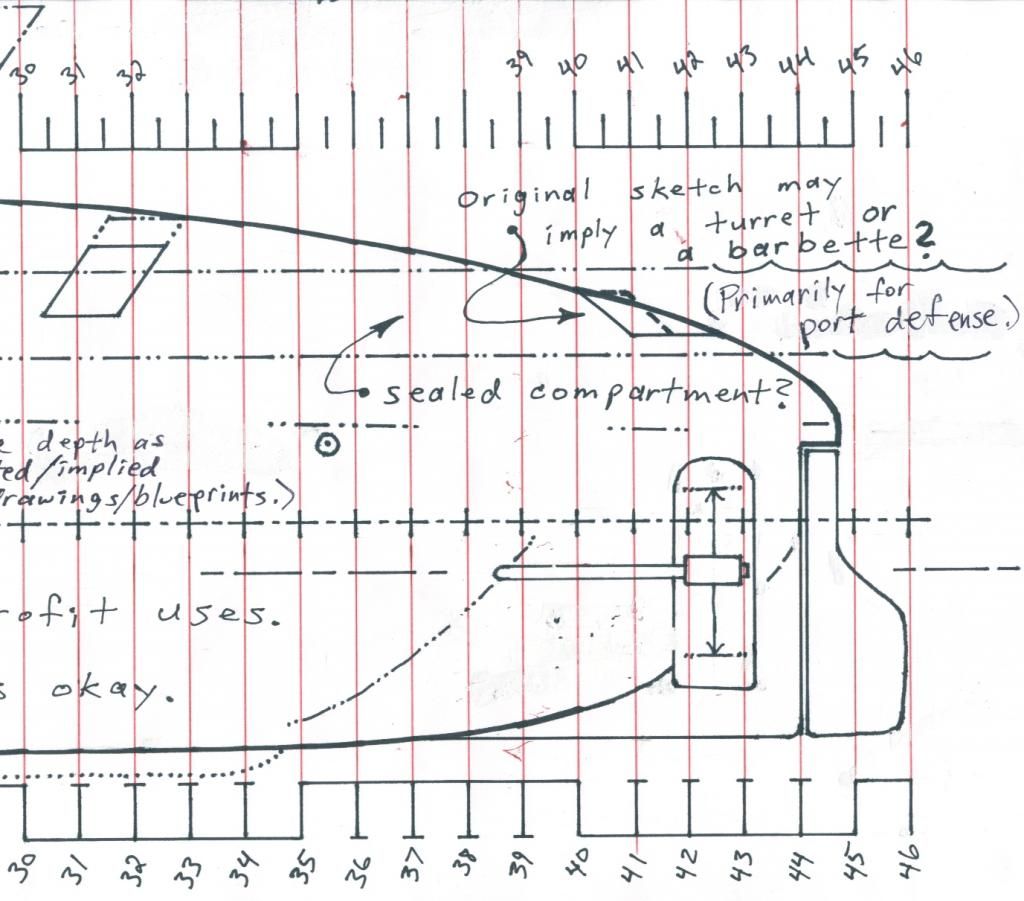Last three pics, for now. It will take me some time to get more pics "developed" and ready for posting ... but that will give folks some time to be looking over the work, so far; and to be wondering why no one has taken the time and effort to dig up the real thing; to study it in detail!?! Until that day, who's to say the actual historical "pygmy monster" wasn't quite a bit more strange than any amount of "truth" a person like me is able to squeeze out of old drawings?!














Comment